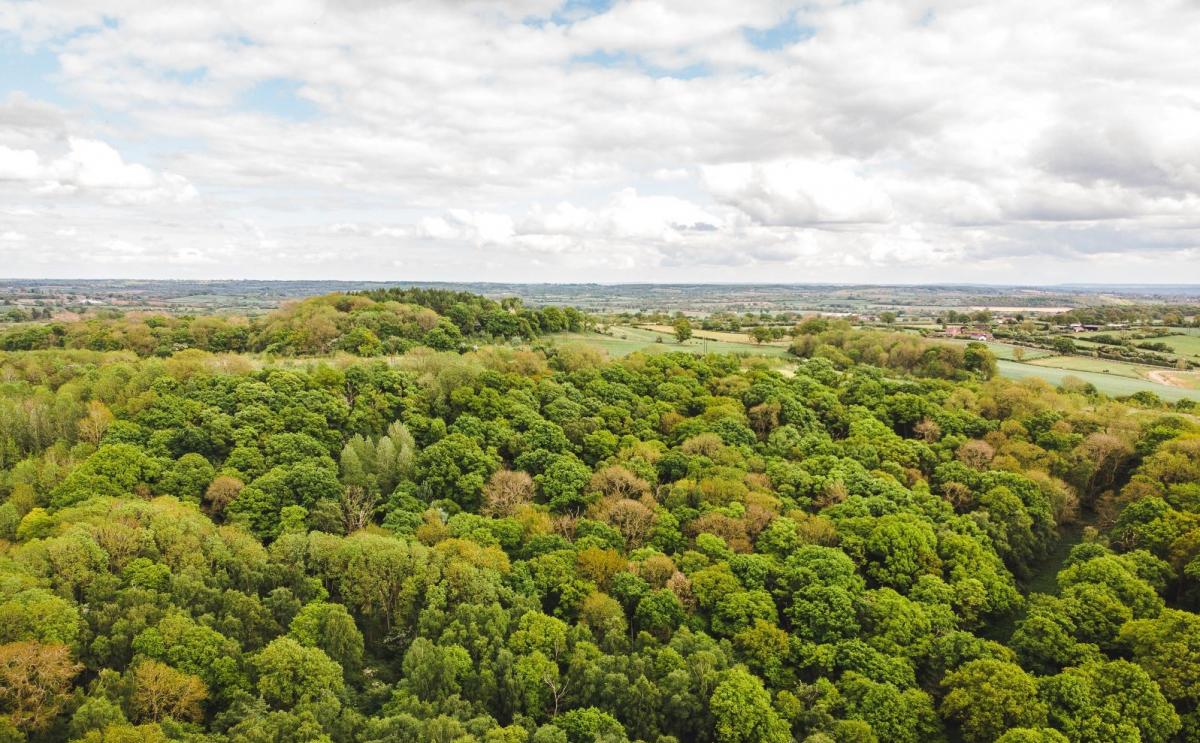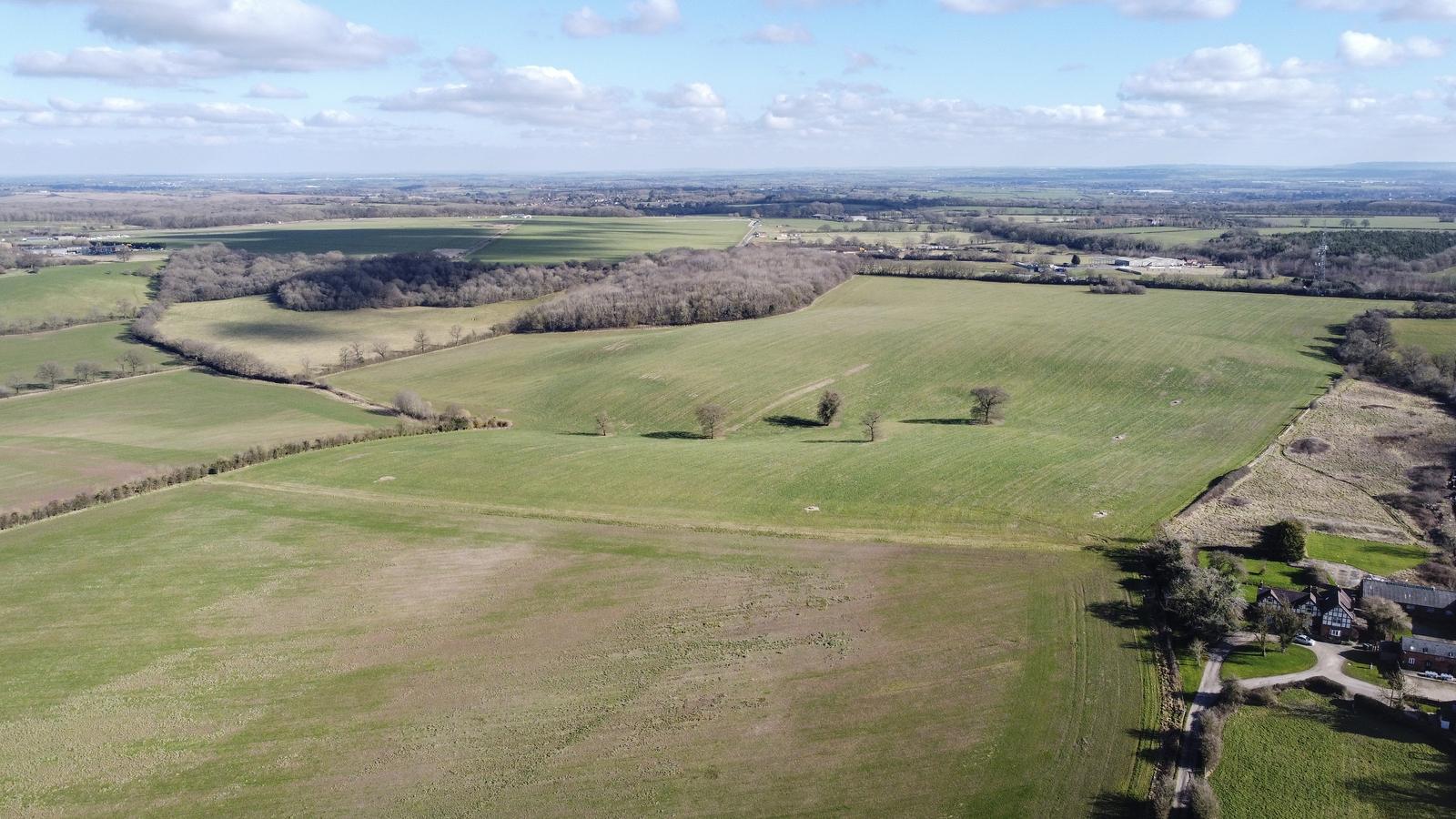
Growing a Forest that will endure for generations
Acquiring land is central to our vision of creating a 30,000 acre Forest which will be here for future generations. The Forest will benefit the environment, wildlife, and people for hundreds of years to come, so owning the land to give it permanence is vital. Last year we secured new land at Bearley, Perry Mill and Cleeve Prior, adding 240 acres to the Forest.

Land acquisition in 2020
To continue to expand the Forest, the charity is assembling a three year land bank. Each site can take anywhere from one to over three years from acquiring the land to planting trees and shaping the Forest on the ground. You can read more about what is involved in designing a brand-new area of the Forest here.
In March 2020 we purchased 200 acres in Bearley, a site which offers great tree planting potential, but it also buffers some mature woodland, enhancing this habitat, too, and is only a mile from land we own and have planted at Newnham.
A further 20 acres was acquired at Perry Mill is adjacent to a disused railway line, so this is a strategic purchase for Forest connectivity which is great for biodiversity.
Finally, 20 acres was purchased at Cleeve Prior, adjacent to a Cleeve Prior Heritage Trust site, which is excellent example of habitat creation and enhancement undertaken by local volunteers. We are really looking forward to working with a variety of organisations and our neighbours on this site, including:
- Cleeve Prior Heritage Trust
- Vale Landscape Heritage Trust – a local charity we work in partnership with which specialises in heritage breeds of fruit trees historically grown in the Vale of Evesham, and one of our neighbours at our Sheriffs Lench site
- Cleeve Prior Parish Council
The land also runs alongside a Worcestershire County Council long distance public footpath and the River Avon, giving the new land great connectivity potential.

Linking up land for wildlife and people
Habitat corridors play a key role in our land acquisition strategy, allowing us to undertake that vital defragmentation of the landscape which is important for our biodiversity. It also enables us to link up accessible areas of the Forest for people, too, along existing Public Rights of Way networks.
We know that many species within the Forest rely on linear features to migrate and to feed, from our majestic barn owls which can be seen hunting along mature hedgerows at dawn and dusk, to our charismatic hedgehogs snuffling along hedge bottoms hunting for food whilst remaining out of sight from predators.
Sadly, the first Red List for UK mammals, published in July 2020, left us with the shocking statistic that almost a quarter of our native mammals are at risk of extinction. We are proud to be playing our part in helping to reverse this decline and redressing the balance in the Midlands.

Working with local communities
Communicating with our neighbours about our habitat creation plans and encouraging input, creating opportunities to work with each other and ensuring the Forest has benefits for local people is an important part of our work.
Covid-19 has meant that our usual face-to-face consultations have not been possible. Instead, we created an online survey to enable residents to inform the plans we make for the land near their homes. We are looking forward to being able to meet in person when the pandemic allows.
You can help us grow the Forest
These recent acquisitions and future land purchases will enable us to continue to grow England’s largest new native broadleaf Forest in 2021 and beyond. By donating or becoming a Friend of the Forest, you can support our work and help the Forest flourish.



